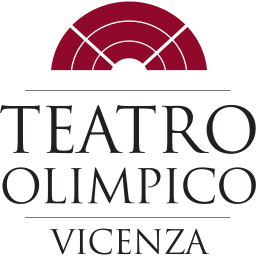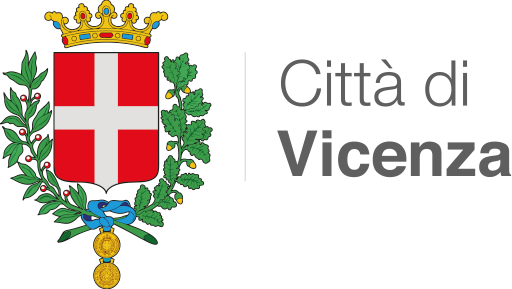Decoration
A determining feature of the unique appearance of the Olimpico is the close-set series of plaster statues that crowd the scenae frons and decorate the loggia over the cavea, dating back to the late sixteenth century and comprising portraits of the members of the Accademia Olimpica, the funders of the theatre, depicted as ancient classic heroes. After an initial decision made by the Accademia in May 1580 to collocate male and female symbolic statues, in April 1582 it was instead decided to use effigies of the members of the Accademia, paid for by the members themselves. After various vicissitudes, the decorative pieces were completed in 1585, and also included the female figures already produced, their virile heads replaced. Only eleven of the statues are engraved with the name of the person portrayed.
The sculptors involved were many, with the job initially commissioned to local artists and then to more expert, famous names. Ruggero Bascapè from Lombardy was definitely one of these, responsible for the high-reliefs placed in the attic of the scenae frons and the eleven depictions of the Labours of Hercules, protector of the Accademia Olimpica. In the central picture in the attic, above the porta regia, a relief shows chariot racing in the stadium, the sign of the Accademia, the artist’s name is engraved into the base of the obelisk, while at the top is the academic motto “HOC OPUS HIC LABOR EST”. The underlying black slab bear the theatre dedication: “VIRTVTI AC GENIO / OLIMPICOR(VM) ACADEMIA THEATRVM HOC / A FVNDAMENTIS EREXIT / ANN. MDLXXXIIII PALLADIO ARCHIT.” This slab is topped by the coat of arms of the city of Vicenza, held by two cherubs.
The two Victories either side of the arch of the porta regia are also attributed to Bascapè, as are the two statues on the scenae frons, depicting Fabio Trissino and Giulio Poiana, and the statues in the central niches of the loggia over the cavea, in all probability the work of at least two artists.
Another two statues bear the initials of the sculptor Agostino Rubini: the effigies of Pompeo Trissino and Vincenzo Garzadori. Some sources also sustain that the then very young sculptor Camillo Mariani also worked on the theatre, attributing to him, among other pieces, the figurines and plasterwork on the perspectives by Scamozzi.
The original twenty eight statues from the sixteenth century on the balustrade at the top of the loggia over the cavea appear to have been already ruined by the mid eighteenth century: they were therefore replaced by the current ones, in stone, by Giacomo Cassetti, in 1751-54. One of the people depicted is Andrea Palladio himself, placed next to his patron, Giangiorgio Trissino in the centre of the balustrade.
The monochrome figures frescoed in the corners of the cavea are attributed to Giambattista Maganza the Elder and his son Alessandro.
Passage freely taken from: AA.VV., The City of Vicenza and Palladio’s villas in Veneto Vicenza Municipal UNESCO Office, 2009.


